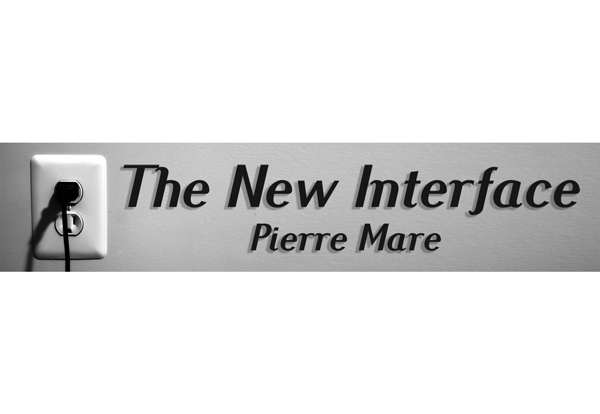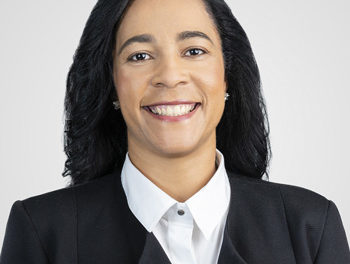
Positioning: defining the company

Namibia has an issue with innovation. This has been shown in a number of initiatives to examine theoretical aspects of branding, and several initiatives.
In practice, the issue can be seen in a walk through most shopping malls and commercial districts. A comparison of local shops will show that most are poorly branded and easily substitutable. Their raisons d’être appear to be more to generate cash income in a haphazard manner, rather than to lure customers in based on specific and compelling wants and needs. Predictably, many of the shops appear and close in short order. Many other entities appear to suffer from the same syndrome.
In addition, once a new entity opens which is distinctive, other entities will follow suit. This diminishes the returns to the entities and the returns grow more slender as new entities add themselves to the throng.
Compare this to the franchised outlets that use models from across the border. The outlets have unique branding and are clearly differentiated within their niches. Footfall is noticeably higher. Obviously spend is a function of footfall, as it is a function of the differentiation based on targeted selling.
The most patent and obvious manifestation of the lack of differentiation in Namibia can be found in the response to the question. “What, actually makes you different?”
The typical response is slack jawed mystification as the owner attempts to formulate a response. This response is disturbing as the owner has not thought of differentiation in light of profitability, which in turn impacts on profitability.
If you want an example of this in practice, consider the many small restaurants with plastic tables and chairs, cheap table cloths and menus that are only varied in different names for the same offerings served at other restaurants with the same plastic furnishings. The same applies to many clothing and shoe shops, although there are some very obvious successes, particularly the clothing franchise which is spreading like wildfire across Namibia.
Although the development of business plans appears to be reaching industry status in Namibia, consideration for development of distinct positioning will improve the issue of innovation across the board, as well as sustainability of businesses in the long run.
The exercise is incredibly simple and doesn’t require extended periods of navel gazing or self-important deliberation. For completion, it was described by Al Ries, and it is called the ‘Positioning Matrix and Statements’. For more on this, read Al Ries’ invaluable book, ‘Positioning’.
Make a table of four cells. Write the following questions per cell in each of the cells. For who? When? Why? Against who? Answer the questions as succinctly as possible. Once the questions have been answered formulate two statements. What is the reason for our existence? What makes us different? If any of the answers are longer than ten words, go back to the beginning and start again.
Please also note here, that being cheap or being expensive is not unique at all, so don’t go there.
Now, for a control mechanism, list competitors in the field, particularly those who are likely to be serious competition. Perform the same exercise for the top three or four. Compare these to your own matrix and statements. If there are significant similarities, there is a high likelihood that the business will not distinguish itself from competition, and the results won’t be a stand-out.
Now here’s the difficult bit. If there are similarities, obviously the business model should change. There’s no point in trying to preserve a business model that is a weak competitor.
Innovation does not have to be a major technological breakthrough. It can easily just be consideration of the differentials. The fact of the matter is that it is bottom line stuff.










































